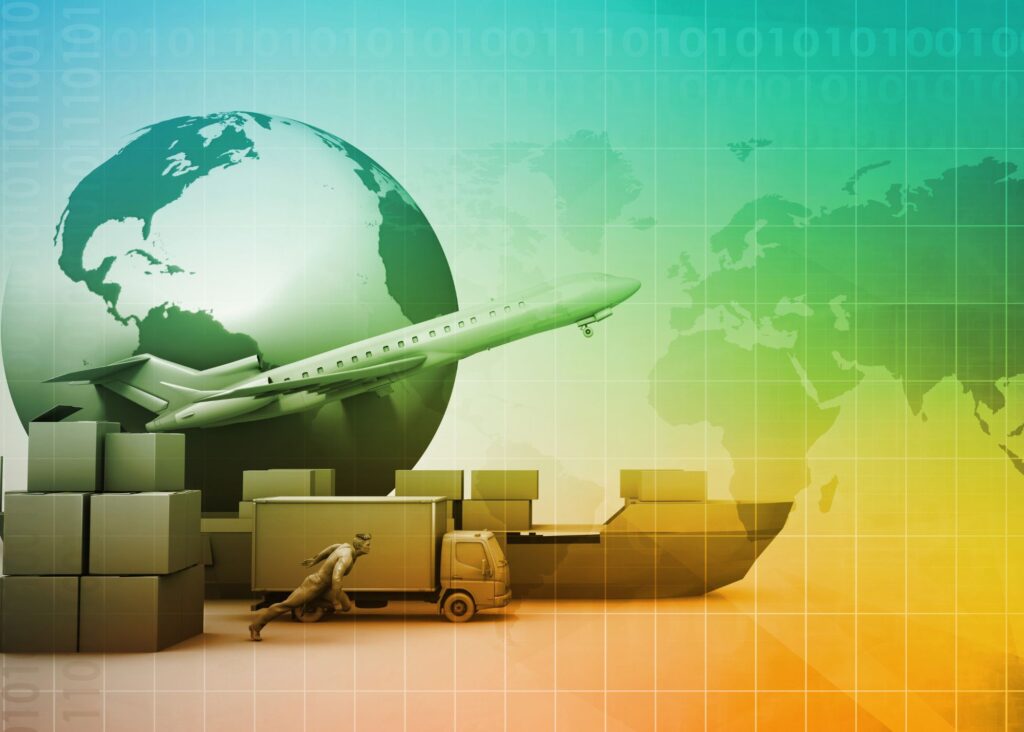In an era where consumers are increasingly concerned about the authenticity and safety of their food, the agricultural industry faces significant challenges in combating food fraud—a pervasive issue that not only undermines consumer trust but also poses serious health risks. Food fraud encompasses various deceptive practices, including mislabeling, adulteration, and counterfeiting of food products. To address these challenges, the integration of blockchain technology into the food supply chain has emerged as a promising solution, offering enhanced transparency, traceability, and accountability.
Table of Contents
ToggleThe Pervasiveness of Food Fraud
Food fraud is a global concern affecting various sectors of the food industry. For instance, the wine industry has grappled with counterfeit products, with estimates suggesting that up to 20% of wine sold globally could be fake. This not only deceives consumers but also tarnishes the reputation of legitimate producers and can lead to significant economic losses.
Challenges in the Current Food Supply Chain
The complexity of modern food supply chains, often involving multiple intermediaries across different regions, contributes to vulnerabilities that can be exploited for fraudulent activities. Traditional record-keeping methods, which are often paper-based, are susceptible to errors, manipulation, and lack real-time visibility, making it challenging to trace the origin and journey of food products accurately.
Blockchain Technology: A Primer
Blockchain is a decentralized digital ledger that records transactions across a network of computers in an immutable and transparent manner. Each block in the chain contains a list of transactions, and once data is recorded, it cannot be altered without altering all subsequent blocks—a feature that ensures data integrity and security. This technology’s inherent characteristics make it particularly suitable for applications requiring transparency and traceability, such as food supply chains.
Enhancing Traceability and Combating Food Fraud with Blockchain
The application of blockchain technology in the food supply chain can significantly mitigate the risks associated with food fraud through several key mechanisms:
- Immutable Record-Keeping: Blockchain’s unchangeable ledger ensures that all transactions and movements of food products are permanently recorded. This immutability makes it nearly impossible for fraudulent activities, such as altering expiration dates or misrepresenting product origins, to go undetected.
- Enhanced Transparency: By providing a transparent view of the entire supply chain, blockchain allows all stakeholders—from producers to consumers—to access information about the product’s journey. This transparency helps in verifying claims about organic practices, fair trade, or specific geographic origins, thereby preventing mislabeling and adulteration.
- Rapid Traceability: In the event of a food safety issue, blockchain enables swift identification of the product’s origin and its path through the supply chain. This rapid traceability is crucial for timely recalls and minimizing public health risks.
Case Studies: Blockchain in Action
Several organizations have successfully implemented blockchain technology to enhance food safety and combat fraud:
- Walmart’s Blockchain Initiative: Walmart, in collaboration with IBM, developed a blockchain-based system to trace the origin of over 25 products from five different suppliers. This system has significantly improved the company’s ability to monitor and verify the authenticity of products, particularly fresh produce, thereby enhancing food safety and reducing the risk of fraud.
- OpenSC’s Transparency Platform: Launched as a joint venture by WWF Australia and BCG Digital Ventures, OpenSC is a digital platform that tracks individual products throughout their supply chain using blockchain technology. Consumers can view a product’s history by scanning a QR code, verifying sustainable production claims and ensuring authenticity.
- Scantrust’s Secure QR Codes: Scantrust has developed a QR code system with an additional layer of protection against copying, based on inserting a copy detection pattern. This technology allows consumers and businesses to authenticate and track products, thereby preventing counterfeiting and ensuring product integrity.

Benefits and Potential Challenges
While the integration of blockchain technology into the food supply chain offers numerous benefits, it also presents certain challenges:
Benefits:
- Consumer Trust: Enhanced transparency and traceability can significantly boost consumer confidence in the authenticity and safety of food products.
- Operational Efficiency: Automating record-keeping and traceability processes can reduce administrative burdens and improve supply chain efficiency.
- Regulatory Compliance: Accurate and immutable records facilitate compliance with food safety regulations and standards.
Challenges:
- Technological Integration: Implementing blockchain requires integrating new technologies into existing systems, which can be complex and costly.
- Data Privacy: Balancing transparency with the protection of sensitive business information necessitates careful consideration.
- Scalability: Ensuring that blockchain systems can handle large volumes of transactions without compromising performance remains a technical challenge.
Future Outlook
The future of blockchain in combating food fraud looks promising, with several trends emerging:
- Integration with Other Technologies: Combining blockchain with technologies like the Internet of Things (IoT) and Artificial Intelligence (AI) can further enhance data accuracy and predictive capabilities in the supply chain.
- Standardization Efforts: Developing industry-wide standards for blockchain implementation can facilitate broader adoption and interoperability among different systems.
- Consumer Engagement: Empowering consumers with easy access to product information through blockchain can drive demand for authentic and transparent food products, encouraging more producers to adopt the technology.
Conclusion
Blockchain technology holds significant potential in transforming the food supply chain by enhancing transparency, traceability, and authenticity. While challenges exist, the successful implementation of blockchain by companies like Walmart, OpenSC, and Scantrust demonstrates its viability as a tool to combat food fraud. As the technology matures and integrates with other innovations, it is poised to play a pivotal role in ensuring the integrity of our food systems, thereby protecting consumers and supporting ethical producers.




